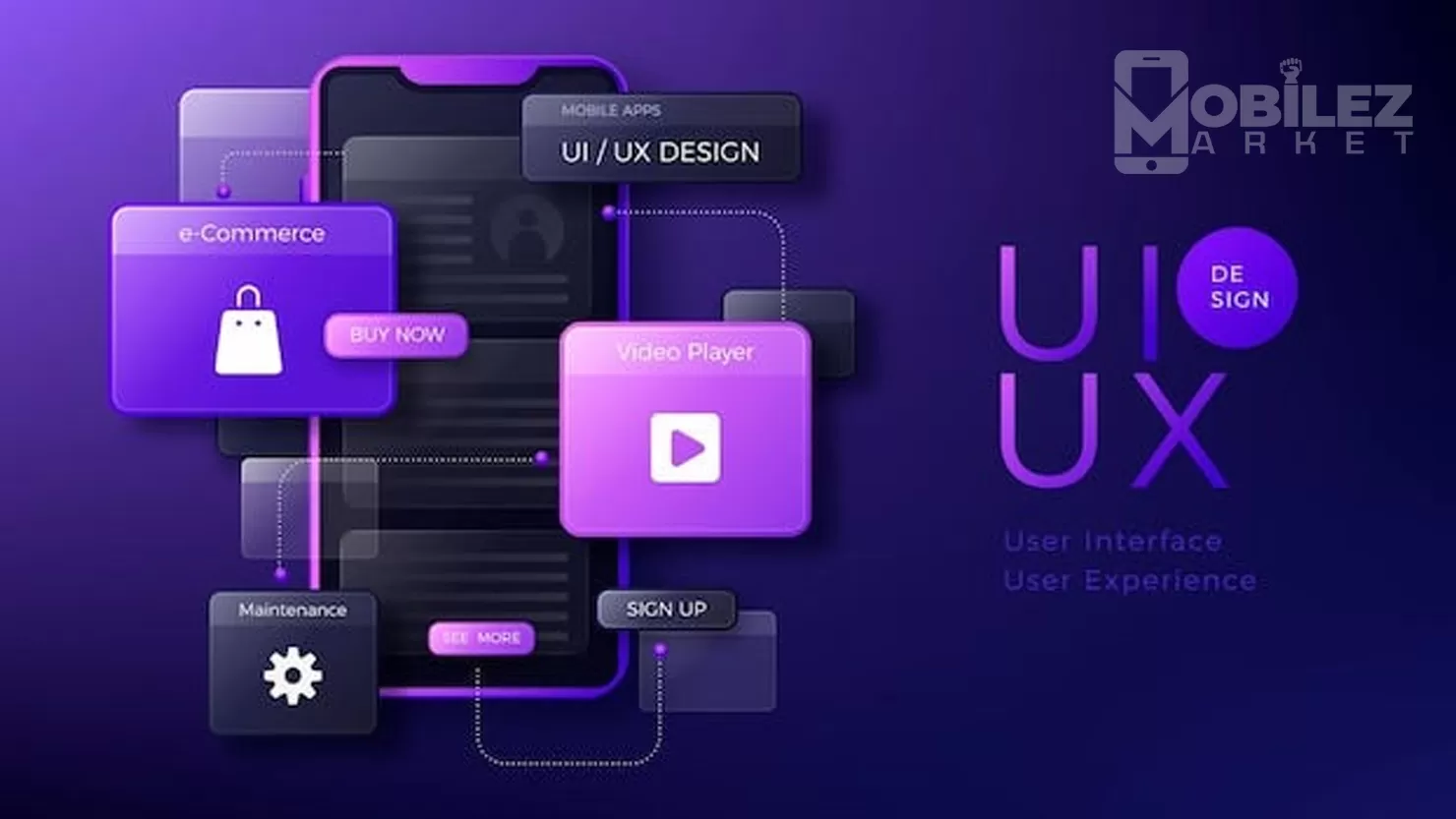The Psychology of Mobile Design | How User Experience Influences Behavior
Introduction:
In the digital age, where smartphones have become ubiquitous, the design of mobile applications plays a crucial role in shaping user behavior and experiences. Behind every successful mobile app lies a deep understanding of human psychology and user behavior, as designers strive to create intuitive interfaces that captivate and engage users. In this blog post, we'll explore the fascinating intersection of psychology and mobile design, uncovering how user experience influences behavior and shapes the way we interact with our mobile devices.
Understanding User Experience (UX):
- Defining UX: User experience encompasses the overall impression and interaction a user has with a product or service, including ease of use, functionality, accessibility, and emotional satisfaction.
- Importance of UX: A positive user experience is essential for attracting and retaining users, driving engagement, and achieving the goals of the mobile app, whether it's completing a purchase, consuming content, or achieving a specific task.
The Psychology Behind Mobile Design:
- Cognitive Load:
- Cognitive load refers to the mental effort required to process information and complete tasks. Mobile designers aim to minimize cognitive load by simplifying interfaces, reducing distractions, and guiding users through intuitive design cues.
- Hick's Law:
- Hick's Law states that the time it takes for a person to make a decision increases with the number of choices available. Mobile designers leverage this principle by presenting users with clear, limited options and guiding them towards desired actions.
- Gestalt Principles:
- Gestalt principles, such as proximity, similarity, and closure, govern how humans perceive and organize visual information. Mobile designers apply these principles to create cohesive, visually appealing interfaces that enhance user comprehension and navigation.
- Color Psychology:
- Colors evoke emotional responses and influence user perception and behavior. Mobile designers leverage color psychology to convey meaning, establish brand identity, and prompt specific actions, such as using red for alerts or green for confirmation buttons.
Designing for Mobile Behavior Patterns:
- Fitts's Law:
- Fitts's Law states that the time required to move to a target area is a function of the distance to the target and the size of the target. Mobile designers optimize interface elements, such as buttons and links, to be easily tappable and accessible, reducing user effort and frustration.
- Thumb Zone:
- The thumb zone refers to the area of the mobile screen that is most easily reachable when holding a device with one hand. Mobile designers prioritize placing essential interactive elements within the thumb zone to enhance usability and comfort for one-handed use.
- Scroll Behavior:
- Users exhibit scrolling behavior to explore content vertically on mobile devices. Mobile designers structure content hierarchically, employing techniques such as infinite scrolling, parallax effects, and sticky headers to encourage engagement and prolong user sessions.
- Notification Psychology:
- Notifications trigger psychological responses, such as anticipation, curiosity, and urgency. Mobile designers carefully craft notification strategies, balancing timely, relevant alerts with user preferences and permission settings to maintain user engagement without overwhelming or disrupting the user experience.
Embracing User-Centered Design:
- User Research:
- Conducting user research, such as surveys, interviews, and usability testing, provides valuable insights into user preferences, behaviors, and pain points, informing design decisions and iterations.
- Iterative Design Process:
- Adopting an iterative design process allows mobile designers to prototype, test, and refine interface designs based on user feedback and usability testing, ensuring that the final product meets user needs and expectations.
- Accessibility and Inclusivity:
- Designing for accessibility and inclusivity ensures that mobile apps are usable and enjoyable for users of all abilities and backgrounds. Mobile designers prioritize features such as text resizing, screen readers, and color contrast to accommodate diverse user needs and preferences.
The Influence of Persuasive Design:
- Persuasive Design Techniques:
- Persuasive design techniques, such as scarcity, social proof, and gamification, influence user behavior and encourage desired actions, such as making a purchase, sharing content, or completing a task.
- Ethical Considerations:
- Mobile designers must consider the ethical implications of persuasive design techniques and strive to use them responsibly and transparently, respecting user autonomy and avoiding manipulative or deceptive practices.
Conclusion:
- The psychology of mobile design plays a pivotal role in shaping user behavior and experiences. By understanding cognitive principles, behavioral patterns, and user motivations, mobile designers can create intuitive, engaging interfaces that delight users and drive desired actions. Embracing user-centered design principles, conducting user research, and leveraging persuasive design techniques empower mobile designers to craft experiences that resonate with users and fulfill the objectives of the mobile app. As mobile technology continues to evolve, the intersection of psychology and design will remain at the forefront of creating compelling, user-centric mobile experiences.


